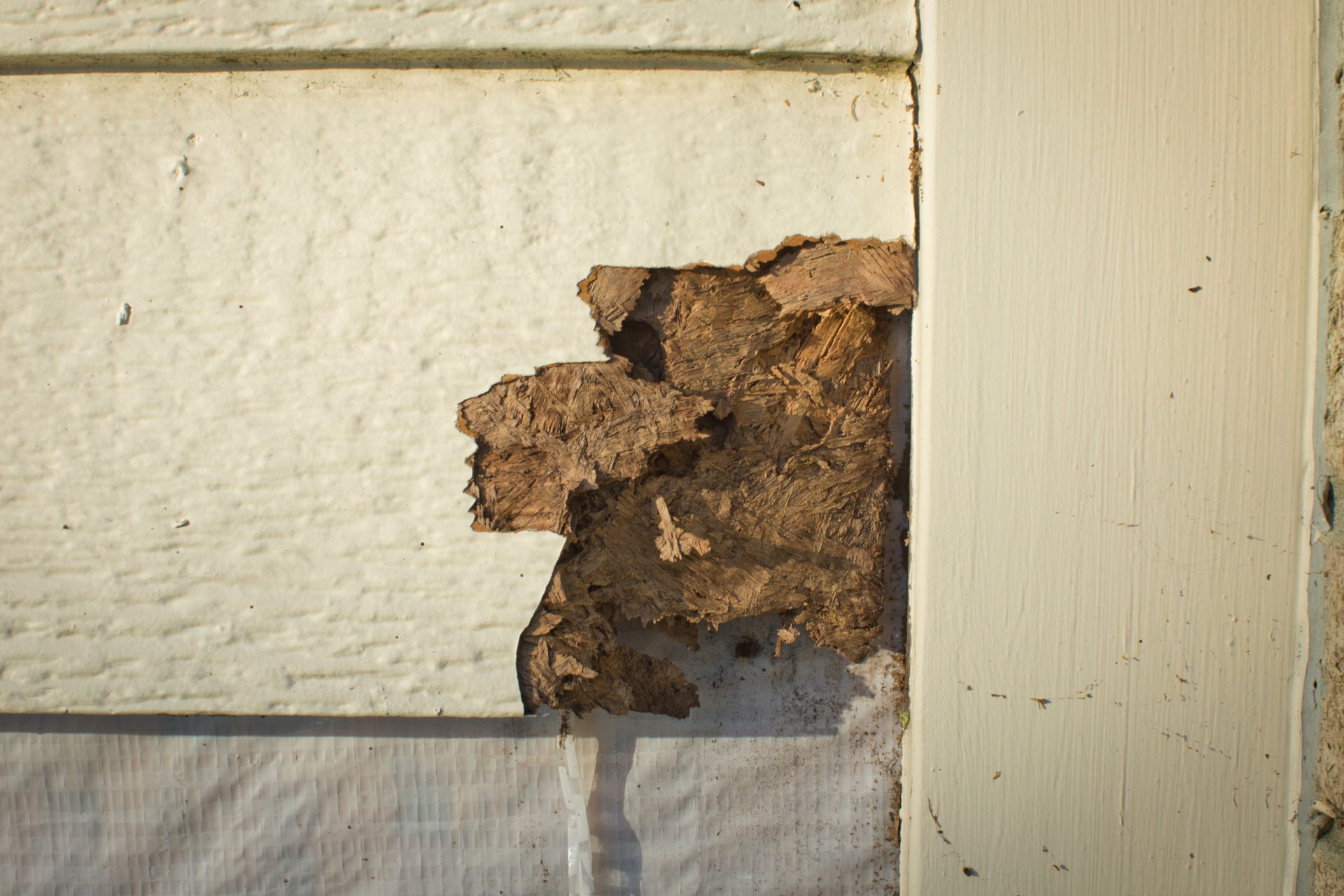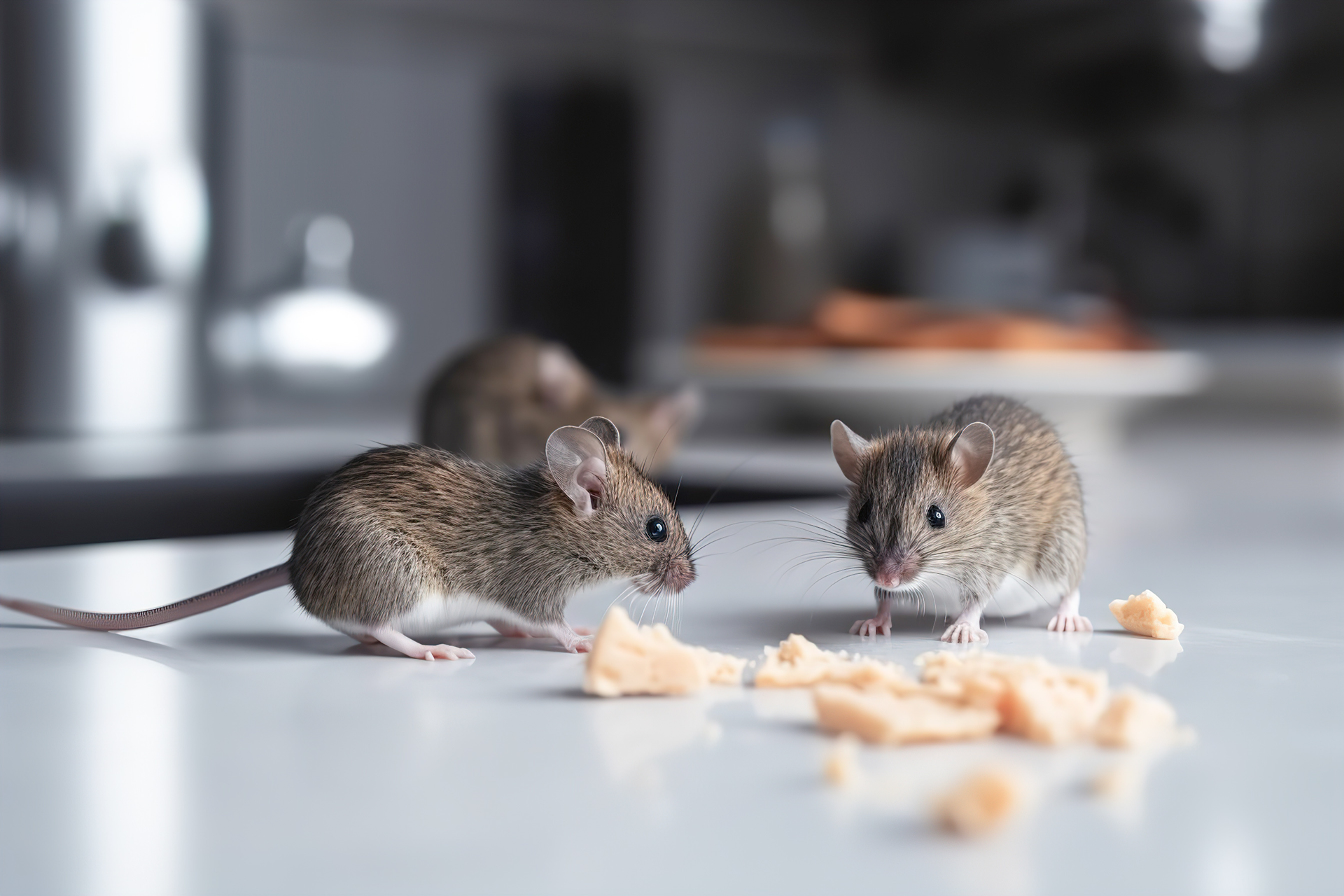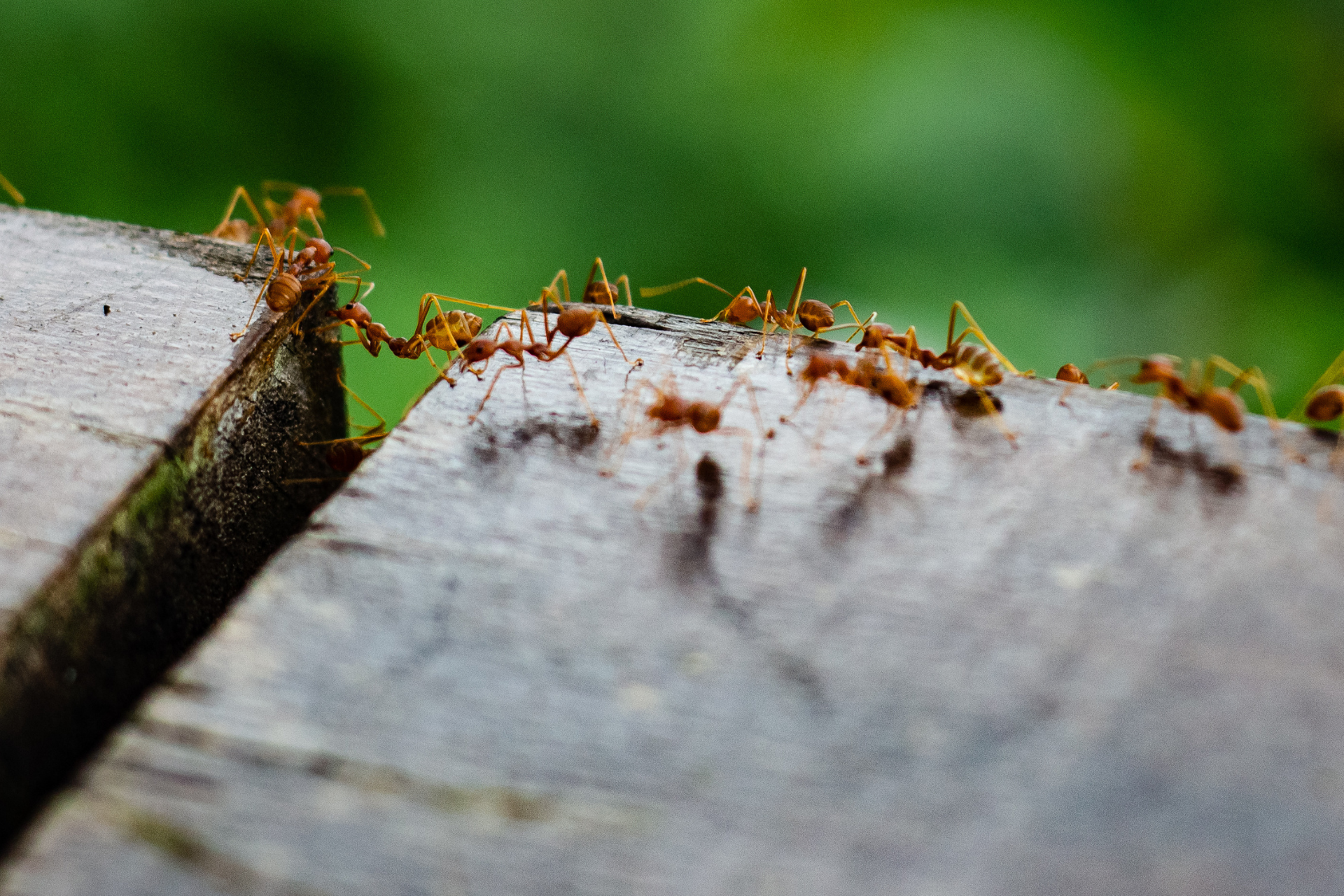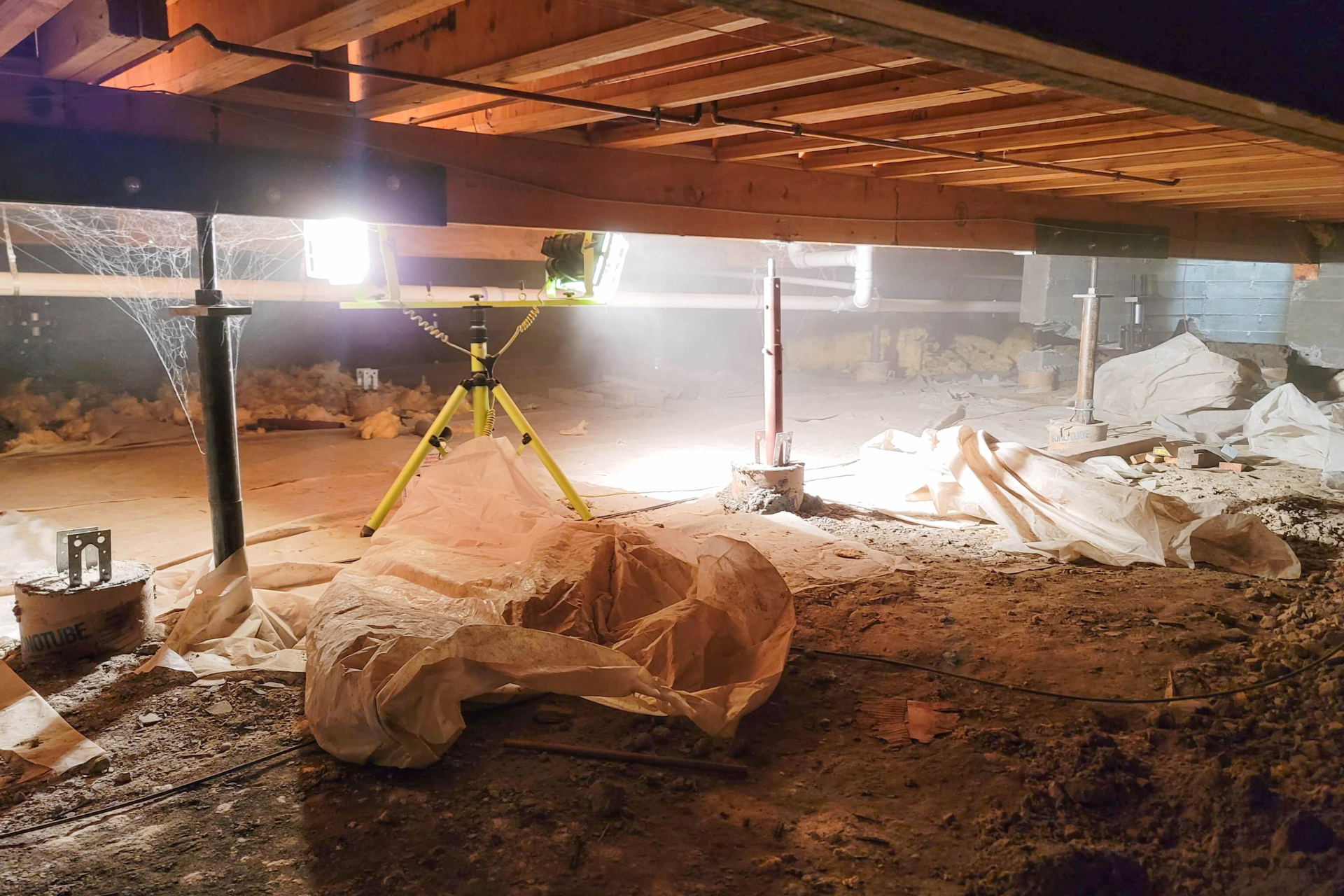Understanding Flea Risks: Beyond Pet Ownership
Many people believe that fleas are a problem only for those with pets. This common misconception stems from the visible association between animals like cats and dogs and the discomfort of infestations. It’s a reasonable assumption, given that pets are often the carriers, however, the reality is that they are less discriminatory than we might think and can affect anyone, pet owner or not.
Unseen Travel Methods
One way that they spread is by hitching rides on humans and their belongings. This method of travel is particularly worrisome because it does not require direct contact with pets or wildlife. People can pick them up while walking through infested areas, such as parks, gardens, or even through city streets where stray or wild animals have passed. They are expert at remaining unnoticed as they cling to fabrics, shoes, and bags. Once they hitch a ride, they can quickly establish a new residence wherever their human carriers settle next. They are equipped with long, powerful hind legs that allow them to jump distances up to 50 times their body length, making them some of the best jumpers in the animal kingdom, relative to body size. This extraordinary ability not only helps them avoid threats but also makes it easy for them to jump from the ground to a host. A person walking by an infested area can unknowingly become a transport vehicle for these tiny jumpers.
Wild animals are often overlooked carriers, particularly in suburban and rural settings, but also in urban areas where wildlife like raccoons, squirrels, and even feral cats roam freely. These animals, while perhaps charming or seemingly innocuous as they visit our yards or neighborhoods, can be significant vectors for infestations. As these animals make nests or simply pass through residential properties, they can easily leave behind fleas that then seek new hosts.
The Hidden Risks Of Secondhand Bargains
Buying secondhand items like furniture, bedding, and clothing can be economically and environmentally beneficial, but it also comes with certain risks. Fleas can survive for several months without a host under the right conditions. They can remain dormant in the seams of furniture, mattresses, and folds of fabric waiting for a new host to come along. This makes secondhand shops, garage sales, and even donations a potential source of infestations. The unsuspecting new owner may find themselves dealing with a sudden problem, unaware that their recent purchase was the source. It's crucial for buyers to thoroughly inspect and, if possible, clean secondhand fabric items before bringing them into their homes.
Fleas can remain a hidden nuisance in homes long after pets or previous residents have moved out, thanks to their impressive survival tactics. When an infested animal leaves an environment, it doesn’t necessarily mean that the pests leave with it. Eggs, larvae, and pupae can remain nestled in carpets, between floorboards, and within cracks and crevices, waiting for a new host to revive their cycle. These eggs and larvae can lie dormant for weeks or even months under the right conditions.
Dirty Diet
Flea larvae survive on a diet of "flea dirt"—the dried blood excreted by adults which contains enough nutrients to sustain them through their development stages. This gross diet is plentiful in an environment where adults have been active, such as deep in carpet fibers or in dark, undisturbed areas of a home. The larvae are not picky and consume almost any organic debris deep within carpets or upholstered furniture, allowing them to remain hidden from sight while they mature.
They are not only survivors because of their ability to consume available organic material, but also due to their remarkable resilience to environmental factors. Pupae are protected by a tough cocoon that allows them to withstand adverse conditions until the presence of a host triggers their emergence. This resilience is what makes fleas formidable pests and why infestations can flare up seemingly out of nowhere, especially under favorable conditions like warm and humid weather.
The Challenge In Communal Environments
Fleas can find their way into shared communal areas, posing a challenge to everyone who uses these spaces. Laundries, shared storage units, and public transport can become unsuspected centers for flea activity. These environments often provide the right mix of warmth and shelter, and the high traffic of people and items increases the risk of flea transfer.
In places like communal laundries, they can arrive on infested clothing or linens and find new hosts as people come and go. Similarly, shared storage units can house them in infested furniture or textiles stored within them. Public transport provides a dynamic environment, as thousands of people with varying degrees of exposure to fleas move in and out daily, potentially carrying these pests on their clothing or bags.
Infestations In Professional Environments
Fleas can pose a significant challenge in workplace settings, especially in offices or workshops that are pet-friendly. While allowing pets at work can boost morale and create a more relaxed environment, it also increases the risk of flea infestations if pet owners do not regularly treat their animals for fleas. Shared spaces such as break rooms, office carpets, and upholstered furniture provide ideal environments for fleas to thrive, especially if they are not regularly cleaned and maintained.
While infestations are bad, they could have been worse. The discovery of fossilized giant prehistoric fleas offers a glimpse into the evolutionary past of these pests. These ancient pests were much larger than their modern descendants, some measuring up to an inch long, with mouthparts well-suited for penetrating the hides of their likely hosts—dinosaurs or other prehistoric mammals.
Don't let fleas take over your home or business. At Ease Pest Solutions is here to help you maintain a pest-free environment. Whether you're dealing with a current infestation or looking to prevent one, our expert team has the knowledge and tools to get the job done right. Contact us today to schedule a consultation and learn more about our comprehensive pest control services.
Troutman Branch
694 South Main Street
Troutman, NC 28166
704.761.9697














